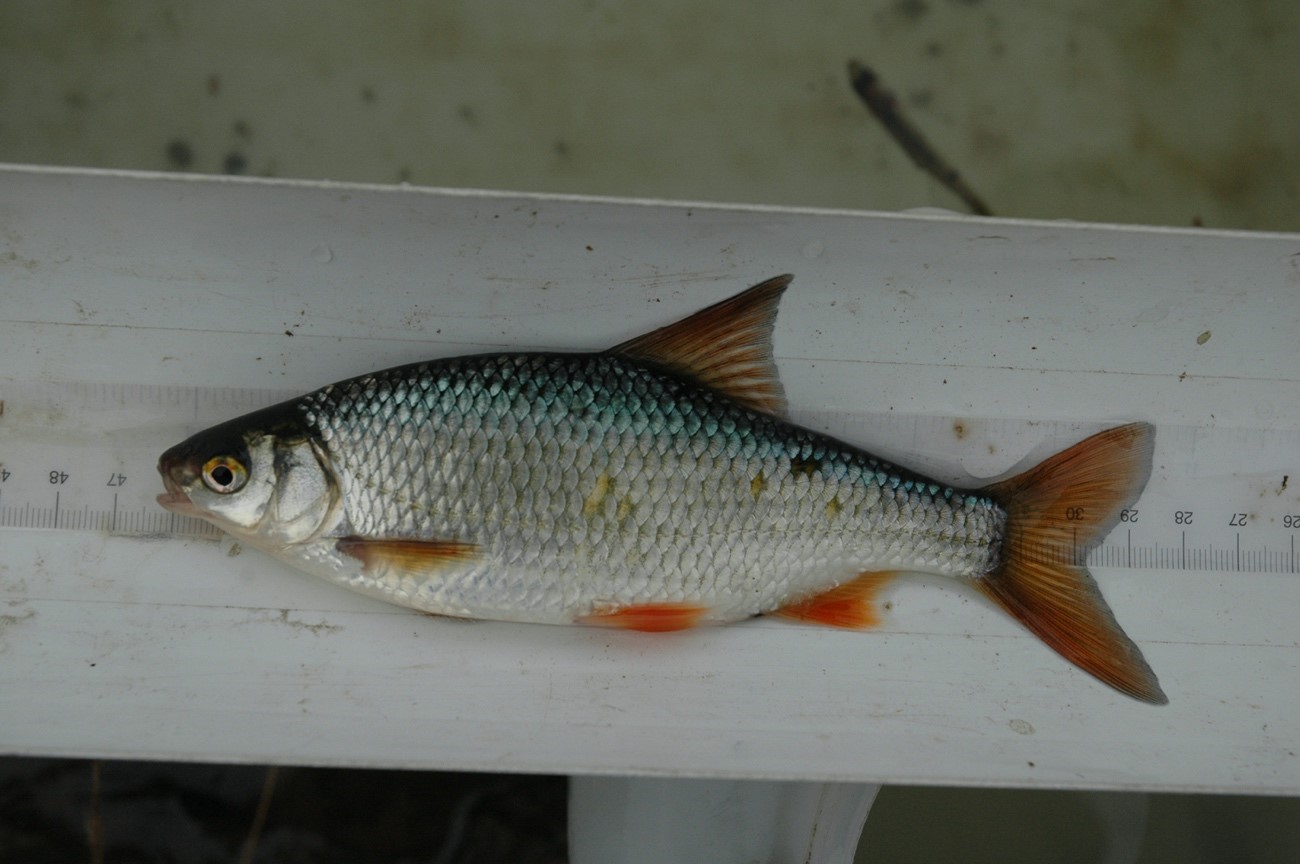 Size structure of the river community
Size structure of the river community
The analysis of river fauna sizes allows us to understand the impacts on the functioning of freshwater ecosystems.
Body size is a fundamental attribute of organisms because many physiological processes such as respiration, reproduction or growth depend on it. The size structure of the community gives us information about trophic interactions, ecosystem productivity and patterns of energy transfer between the different trophic levels; it is also easily affected by perturbations of the system. Thus, the size structure of the community, which is analyzed through size spectra (regression between abundances and size classes), is considered a very relevant indicator of ecosystem functioning.

Most programs of study of the size structure of aquatic communities have focused on marine systems and, more recently, on lentic systems, but there is very little information in lotic systems. Research in marine systems and lakes has shown that size-spectrum models provide valuable information on ecosystem functioning (such as the efficiency of energy transfer through the trophic network or its productivity), while also unraveling the effects of natural disturbances and other anthropogenic changes. The few existing programs of study on size structure in rivers focus mainly on simple size-related variables, such as the length average of organisms. To our knowledge, only five programs of study have focused on more complex size-related variables in river fish communities (e.g., size spectra) with promising results: in the absence of major disturbances, i.e., when the system is in equilibrium, the size spectrum of fish in rivers exhibits regularities and is relatively predictable; however, the size spectrum can be significantly altered when the ecosystem suffers anthropogenic impacts.
The main hypothesis of our project is that the size structure of fluvial communities responds systematically to environmental changes and perturbations and, therefore, can be used to detect changes in the functioning of these ecosystems. In this project we will study the size spectrum in Iberian Mediterranean lotic ecosystems in stable situations, as well as the variation of the size spectrum patron saint as a function of different anthropogenic pressures. We will evaluate how these human pressures affect the size structure of the community (macroinvertebrates and fish) and, at the same time, the ecosystem functioning in aspects such as the energy demand of the community, the secondary production of the system or the Degree efficiency of the trophic transfer. Finally, we will provide the results of project to fisheries managers, managers and administrations through a computer program based on an automatic analysis of the size structure as tool to manage sustainable fish populations.

SizeEcoFun is funded by the Programa Estatal de research and development+i Orientada a los Retos de la Sociedad del Ministerio de Ciencia, Innovación y Universidades. Fundació Universitaria Balmes de Vic, ICREA - Institució Catalana de Recerca i Estudis Avancats and the University of Navarra.
